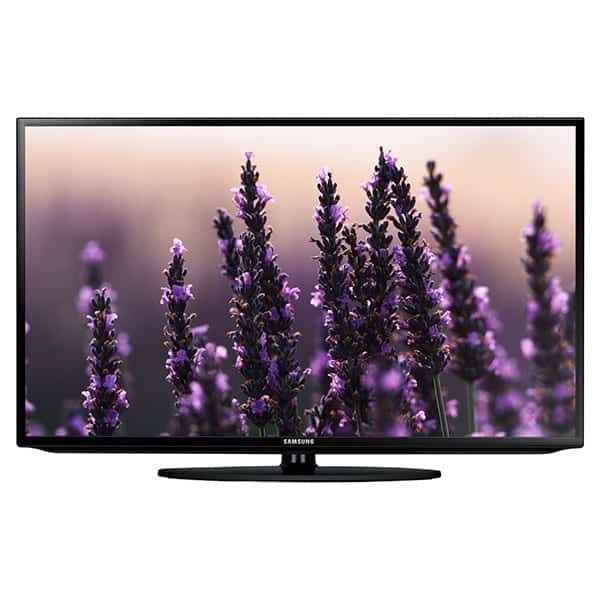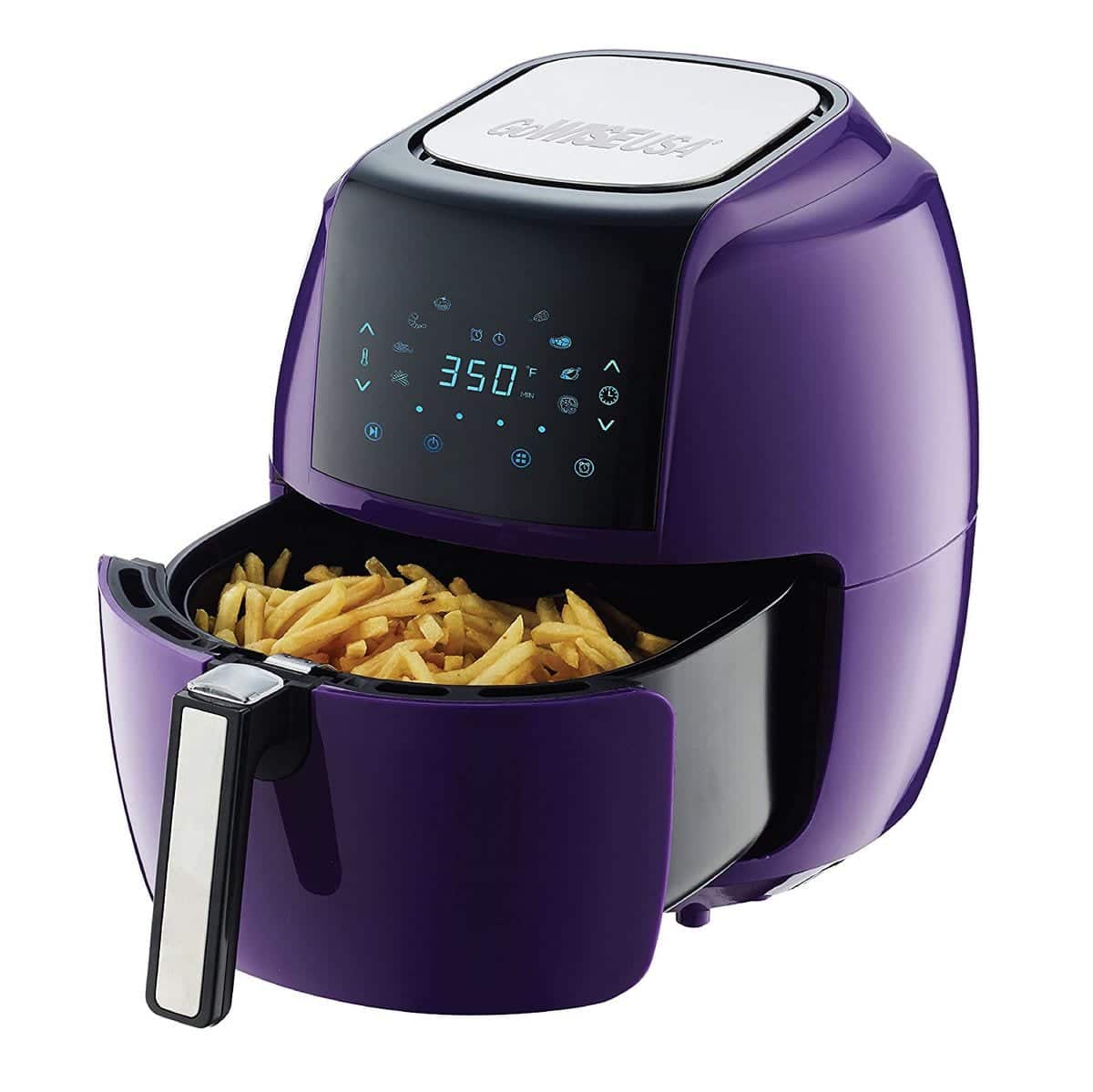Power strips have become a much-desired convenience for people with only one receptacle in their rooms, but misuse of them (especially overloading) has caused overheating, which is a potential fire hazard.
There are three simple steps to confirm that you’re not overloading your power strip.
Step 1: Check the wattage or amperage of your power strip. Electrical ratings such as these are usually located on the underside of the strip.
Step 2: Check the wattage of the device you’re considering plugging into it. Phone chargers and desk clocks are the least likely to be an issue, while clothes irons, air conditioners, and fan heaters among the most risky devices to plug in to a power strip.
To err on the side of caution, it’s best not to plug any form of HVAC equipment into a power strip, even if the power strip might be able to handle it). Especially no heaters, and no air conditioners. The thing is, if you plug in something like a 10 Amp fan heater into a 15 amp strip, you’re going to have to worry about the other devices you plug in, which could easily bring the total power draw over 15 amps.
Appliances typically have their power consumption ratings on the back of them, and it is usually in the form of Watts or Amperes (often abbreviated to just an ‘A’ for Amperes (this is current), or a ‘W’ for Watts (this is power/Wattage).
You also need to distinguish between the current rating of your device and the current rating of the adapter it uses, but this is only an issue if it uses an adapter. If your device uses an AC adapter, such as your laptop, then check the ‘Input’ current rating on it, not the output rating. The input rating is what it will draw from the power strip.
To be sure, the input current is usually right beside the input voltage rating. You should something along the lines of: ‘Input: 120-240V ~ 1.6A’. That means the current rating of that AC adapter is 1.6 Amps and the acceptable voltage range for it is 120-240 Volts. The ‘~’ is sometimes used to denote alternating current (AC). While a straight line denotes direct current (DC, which is not alternating).
If you’re unfortunate enough to come across an appliance with a wattage rating (often denoted by a ‘W’, like 1,000W) but no current rating, and your strip’s rating is in amps but not watts:
Multiply the voltage of the strip by the amperage to get the wattage. Please bear in mind that the power factor of appliances can vary, so this is not the best practice. This calculation assumes the power factor is 1. More information about power factor.
If your strip is rated at 120-220V, but your house is 120 Volts, then the voltage to use for the calculation is 120 Volts. The 220 doesn’t matter in this case.
Step 3: Add up the Amp ratings (or Watt) ratings of the devices you want to plug into the strip and ensure that they don’t exceed the rating printed on the strip.
Want to minimize your risk of overheating your power strip, regardless of ratings? Avoid plugging the following appliances into them:
- Clothes iron.
- Air conditioner.
- Fan heater.
- Hair dryers.
- Heat guns.
- All space heaters.






